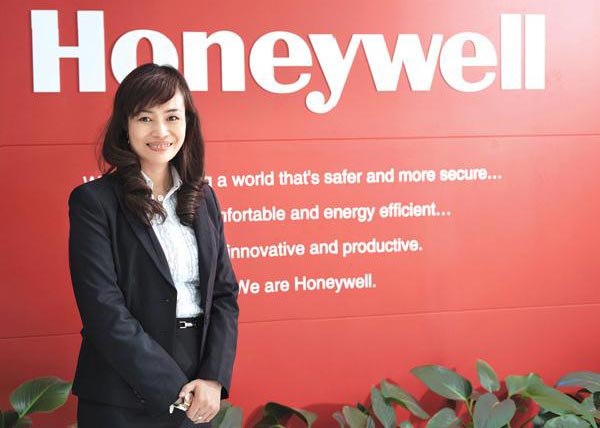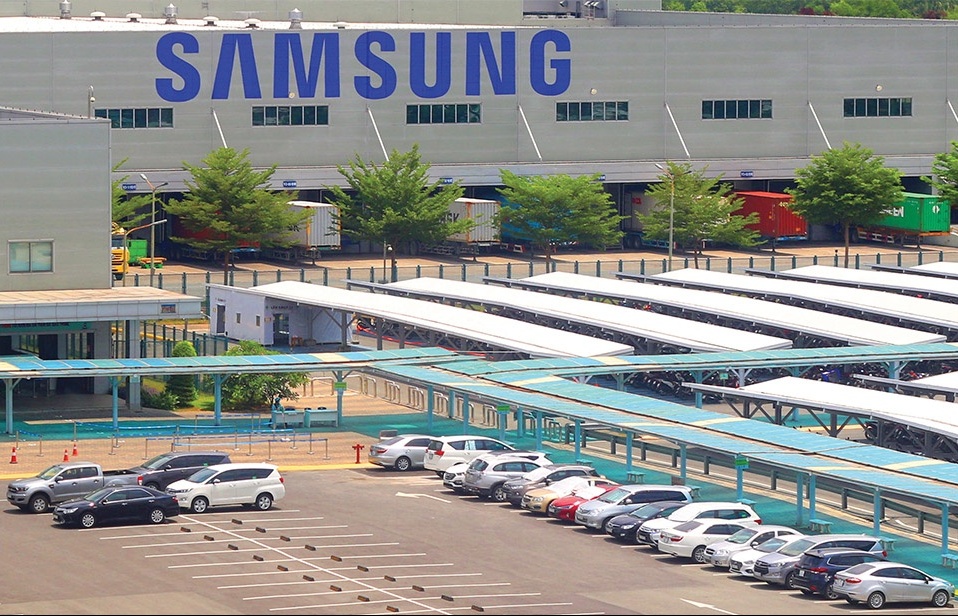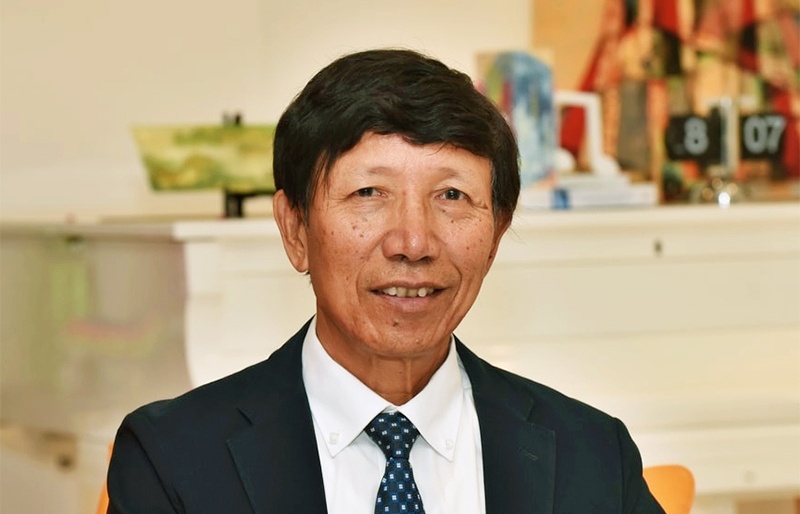Honeywell offers smart solutions

“Honeywell is deeply committed to Vietnam’s economic development,” said Mai Trang Thanh, president of Honeywell Indochina. “
Forecasts indicate that Vietnam will face an imbalance between domestic energy supply and demand over the next five years, and it will shift from being an exporter to an importer of energy, with a rising dependency on energy imports. As such, energy efficient, environmentally-friendly solutions to ensure energy security and sustainability are extremely important for the country, both in terms of its ecology and its economy.
A highly-diversified and technology-driven company globally, Honeywell is leading the charge in energy efficiency and clean energy generation, with nearly 50 per cent of its portfolio dedicated to energy solutions and energy efficiency. Ranging from as large as a country’s automatic demand response programme, to as small as a building’s energy saving plan, Honeywell is committed to improving the overall life quality of the world’s populations by focusing on energy use, energy production, and clean energy generation. Notably, these solutions have great application potential in Vietnam. One of the best examples is “smart grid”.
Vietnam is now confronted with the soaring demand for energy, which is growing by 14 per cent a year. In addition, the country is running down its easily exploitable reserves of coal and gas, and by 2015 is expected to become a net energy importer, according to The Economist. As a result, the country’s electricity supply is likely to come under strain.
To mitigate these pressures, the government ordered an upgrade of the grid infrastructure. In November 2012, the prime minister approved a Vietnam Smart Grid Development project to improve energy quality, reliability, demand management, and consumption.
Honeywell has been a pioneering leader in automated demand response (ADR) technology with 20 programmes currently underway in the United States and around the world, including ground-breaking projects in Australia, China, India, and the UK. In addition, Honeywell has managed demand response and energy efficiency projects for more than 100 utilities. Honeywell’s technologies enable businesses and industries to better manage peak demand in the power sector and optimise power grid efficiency.
The technology required to avoid a megawatt of consumption, costs a fraction of that needed to pump out an additional megawatt. So from a cost-benefit standpoint, ADR is the most prudent option for reducing energy use and is the most clean, sustainable path to energy reliability.
“Honeywell is deeply committed to Vietnam’s economic development,” said Mai Trang Thanh, president of Honeywell Indochina. “The key challenges during implementation of the smart grid project in developing countries such as Vietnam are budgetary concerns, technology, and human resources. As such, Honeywell is not only providing the advanced technologies to contribute to the project, it’s supporting local partners to address financial challenges and others.”
On a smaller scale, Honeywell has the technology and expertise to empower smart energy producers and users, with controls in 150 million homes, 10 million buildings, and thousands of industrial sites across the globe.
Honeywell also boasts a spectrum of green solutions from the air to the ground, which are well aligned with Vietnam’s green growth target of reducing energy consumption per unit of GDP by 1.5 to 2 per cent per year, and cutting back on greenhouse gas emissions per unit of GDP by 8-10 per cent by 2020. For example, Honeywell has been leading the development of air traffic management solutions that can help optimise flight routes, especially during takeoff and landing, increasing air transportation efficiency while reducing carbon emissions in the air. In December last year, it announced – together with Hughes Aerospace – that they are assisting Myanmar’s Yangon and Mandalay International Airports to develop satellite-based navigation technologies for optimising takeoff and landing routes. The same solution was also applied last July at Daniel Z. Romualdez Airport in Tacloban, the Philippines.
Last month, China completed its first flight demonstration of next generation GPS-based precision landing capabilities using Honeywell Aerospace’s SmartPath precision landing system at Shanghai Pudong International Airport. Combined with performance-based navigation procedures, a twin-engine, single-aisle jet aircraft can save approximately 82 kilogrammes of fuel and 104kg of carbon emissions per flight with a reduction of four minutes of flying time. In the meantime, Honeywell Green Jet Fuel, made sustainable sources like camelina, offers net emission reductions of up to 85 per cent.
With such a wide range of innovative energy saving solutions, Honeywell’s products can make the journey to realising a more energy efficient society easier and shorter for Vietnam as it continues along its fast track to modernisation.
What the stars mean:
★ Poor ★ ★ Promising ★★★ Good ★★★★ Very good ★★★★★ Exceptional
Latest News
More News
- Authorities looks to tackle influx of cheap foreign goods (November 07, 2024 | 10:44)
- Low-value e-commerce goods a target for VAT switch (November 07, 2024 | 10:31)
- Honda Vietnam races ahead with electric product launches (November 07, 2024 | 10:17)
- Union rights closer for non-nationals (November 07, 2024 | 08:00)
- Home Credit partners with Be Group to promote Home PayLater (November 05, 2024 | 08:58)
- SK Group completes sale of 76 million Masan Group shares (November 04, 2024 | 18:22)
- Tan Hiep Phat - three decades of serving society (November 04, 2024 | 17:58)
- Petrovietnam and subsidiaries perform strongly heading into 2025 (November 04, 2024 | 14:53)
- Big players keen on port development (November 03, 2024 | 19:31)
- New era of sustainable fuel in aviation builds momentum (November 03, 2024 | 17:03)


















 Mobile Version
Mobile Version